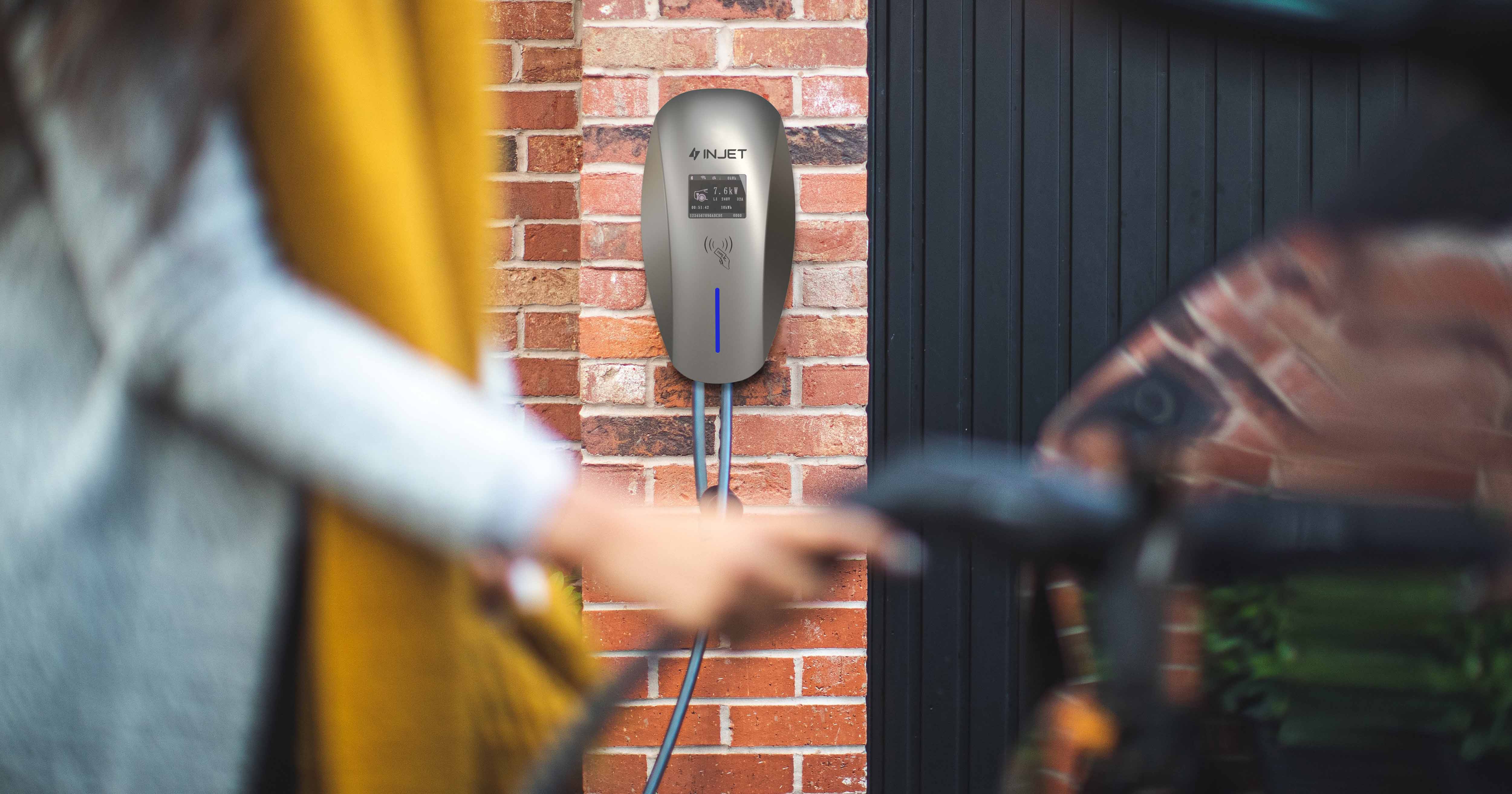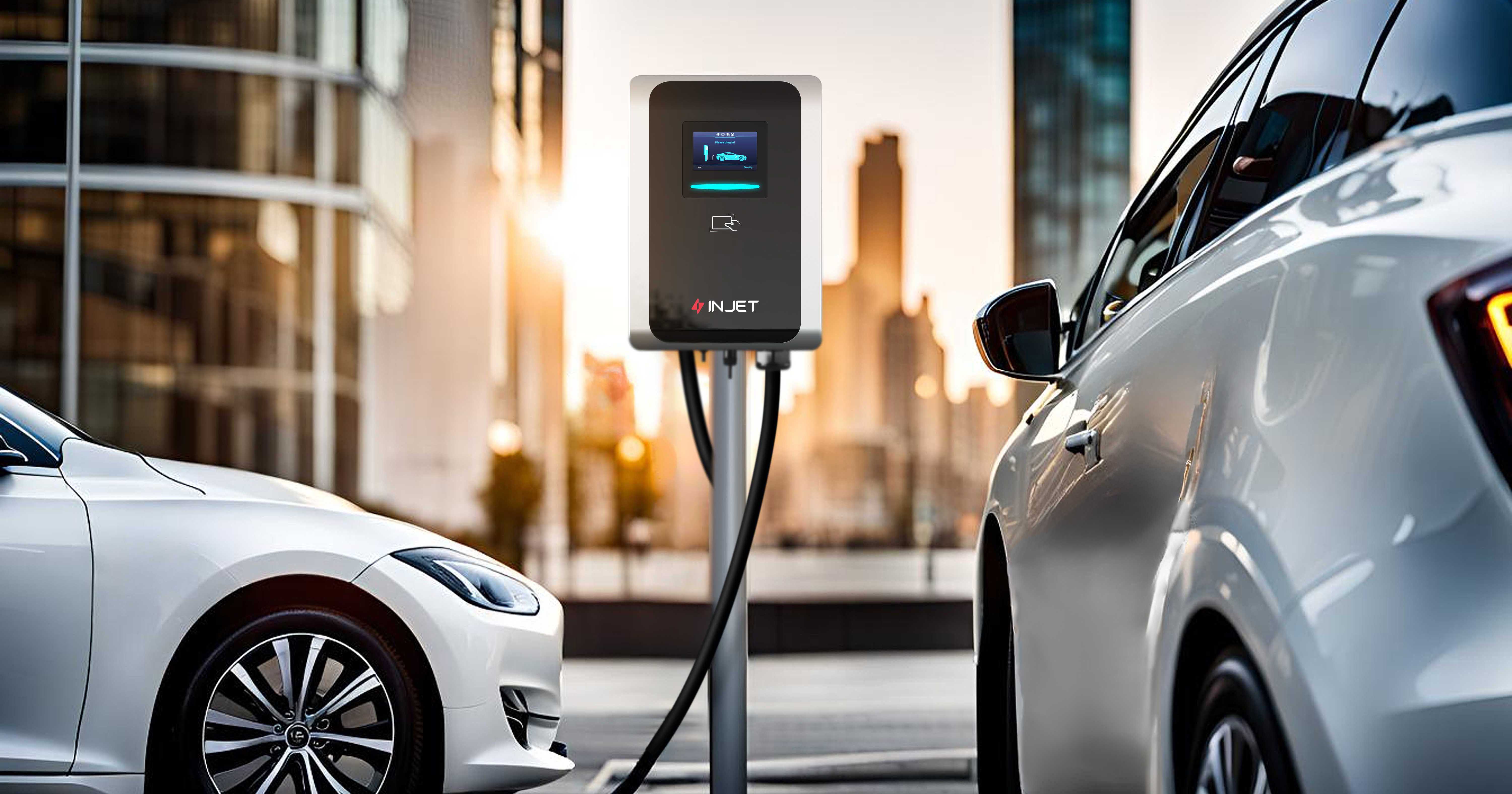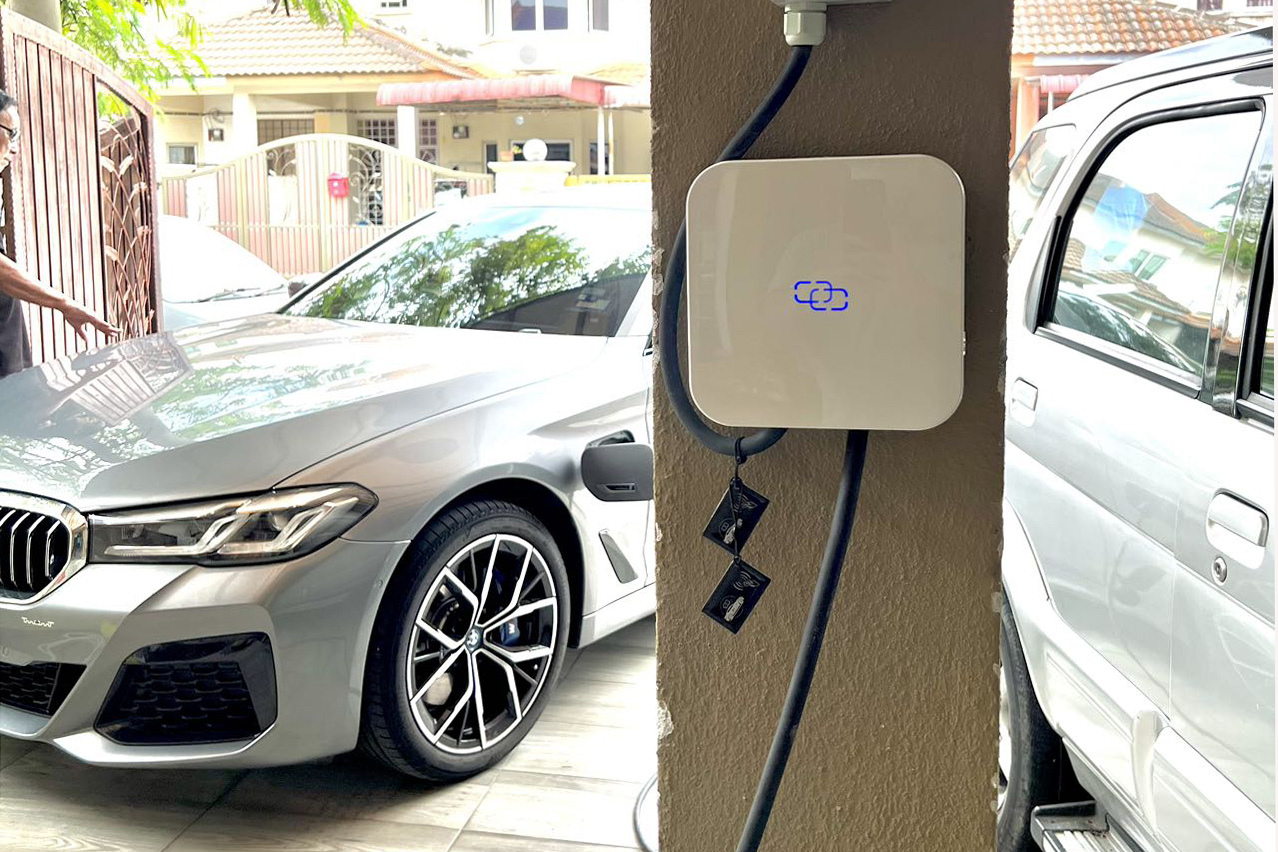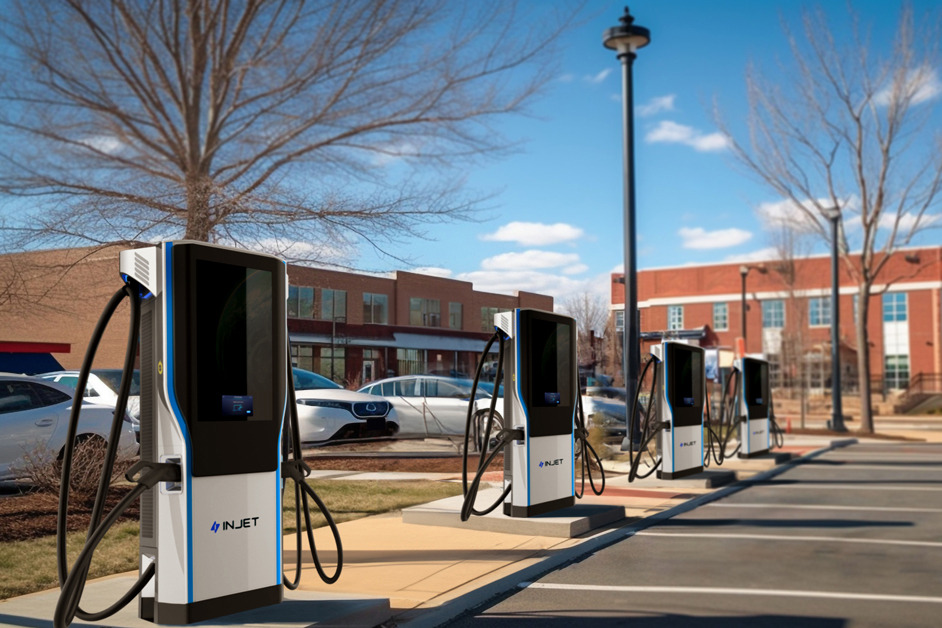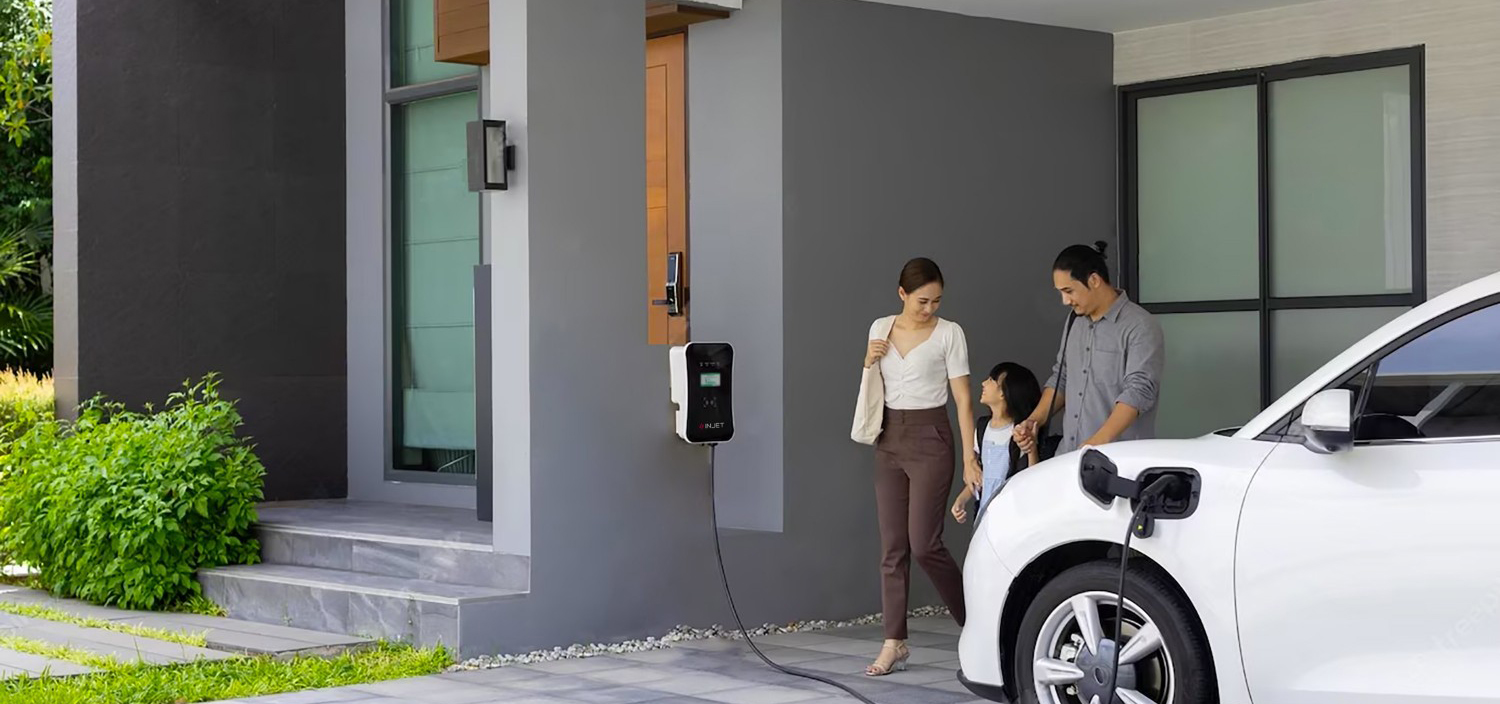With the rise of electric vehicles, the strategic layout of charging piles has become increasingly important. The installation method of charging piles is crucial, as it affects not only the safety and longevity of the equipment but also charging efficiency and property safety. This guide will help you easily select and install the right charging pile for a more convenient and efficient charging experience.
Common Installation Methods

Portable Charging Devices
Currently, there are various installation methods for EV charging piles, depending on their location and use. Here are some common types:
· Wall-Mounted Charging Piles: These are fixed to walls, suitable for spaces with limited room or existing structures. They typically include a smart display, charging gun, and a separate charging holder, making installation relatively easy.
· Floor-Mounted Charging Piles: This method involves attaching the charging pile to a post, ideal for environments without walls.
· Portable Charging Devices: These are movable onboard chargers, comprising the charging pile body, cable, charging head, and connectors. While not technically “installed,” they can be plugged into standard outlets, making them a flexible option when no fixed charging station is available.
The AC charging piles from Injet New Energy offer both wall-mounted and floor-mounted options. Notably, the Injet Swift 2.0 and Injet Eco feature a German-designed "click-to-install" mechanism, simplifying the connection between the charging unit and base. They also support both bottom and back cable routing options, allowing users to choose the best wiring solution for their installation environment.
How to Choose the Right Installation Method
When selecting a charging pile, consider the characteristics of different options and your specific needs. Here's a breakdown:
· Wall-Mounted Charging Piles: Compact, cost-effective, and easy to install, they are typically lower in power, making them suitable for home use in garages or sheltered parking spaces. If you have a private parking spot, a wall-mounted charger is an excellent choice. Additionally, a portable charger can offer more flexibility for different scenarios.
· Floor-Mounted Charging Piles: Floor-mounted charging piles are widely suited for various outdoor settings due to their unique advantages. With a sturdy structure and easy installation, they’re ideal for public parking lots, commercial areas, and office zones—maximizing space use while allowing for efficient management and maintenance. High-quality floor-mounted piles are also weather-resistant, extending their lifespan in harsh conditions. Choosing a floor-mounted pile for outdoor installation is undoubtedly a wise choice.
In high-traffic areas requiring fast charging, such as commercial and office districts, DC fast-charging floor-mounted piles are especially ideal. They quickly recharge electric vehicles while their modern design enhances the urban landscape.
· Portable Charging Devices: Lightweight and plug-and-play, these chargers are slower but offer flexibility when fixed infrastructure isn't available. They are perfect for travel or emergency situations where a dedicated charging pile cannot be used.
After understanding the appropriate installation methods, we move to the installation phase. Here, ensuring safety during the installation process is critical.
Safety Considerations and Maintenance for Charging Pile Installation
(Wall-Mounted Home Charging Solution - Injet Swift)
Safety should be a top priority when selecting and installing charging piles. Improper installation or inadequate maintenance can lead to electrical hazards. Here are some key considerations:
1. Pre-Installation Safety Checks: Ensure your electrical system meets the charging pile's power requirements. It's advisable to hire a licensed electrician for circuit checks and installations to avoid overloading or improper wiring.
For outdoor installations, focus on waterproofing and sun protection. Choose charging piles with a protective rating (e.g. IP65) and install them in sheltered locations to avoid direct exposure to rain.
2. Safety Tips During Installation: Always disconnect the power before installation to prevent electric shock. Follow the manufacturer's wiring instructions closely. After installation, perform a power test to ensure the charging pile operates correctly.
For wall-mounted or floor-mounted piles, ensure they are securely installed to prevent tipping or damage, especially in public areas.
3. Regular Maintenance and Inspection: After installation, conduct regular maintenance to prolong the equipment's life. Monthly checks of cables and plugs for wear or looseness are recommended. Clean outdoor charging piles regularly to prevent water and dust accumulation.
If you notice significant decreases in charging speed, abnormal indicator lights, or overheating, immediately disconnect the power and seek professional repair services. Avoid DIY repairs to prevent further safety risks.
Always follow the specific installation guidelines provided by the manufacturer. If unsure about the steps, consult professionals. Companies like Injet New Energy offer comprehensive services, including new site launches, technical training, and operational support, ensuring charging piles serve the public safely and efficiently.
Choosing the right type of charging post for your needs and following safety guidelines for installation and maintenance are key to efficient charging. Ingent New Energy will continue to provide practical charging solutions to help you start a more convenient and sustainable journey.



